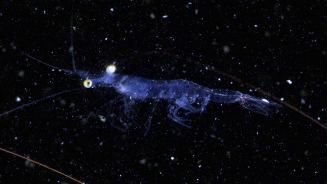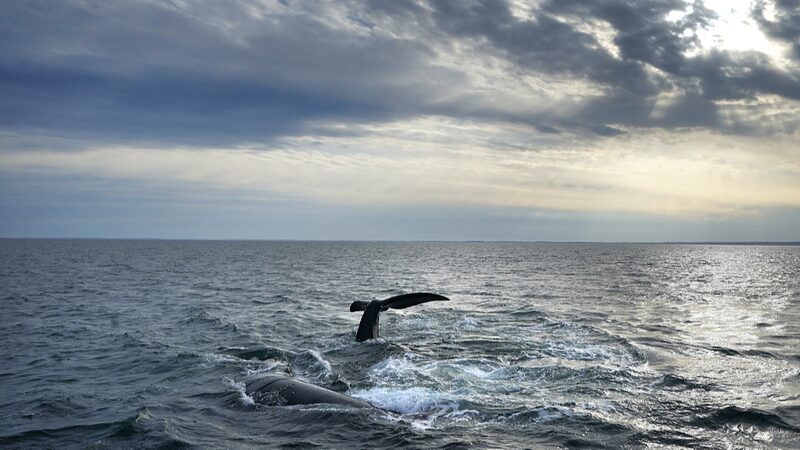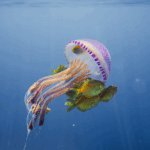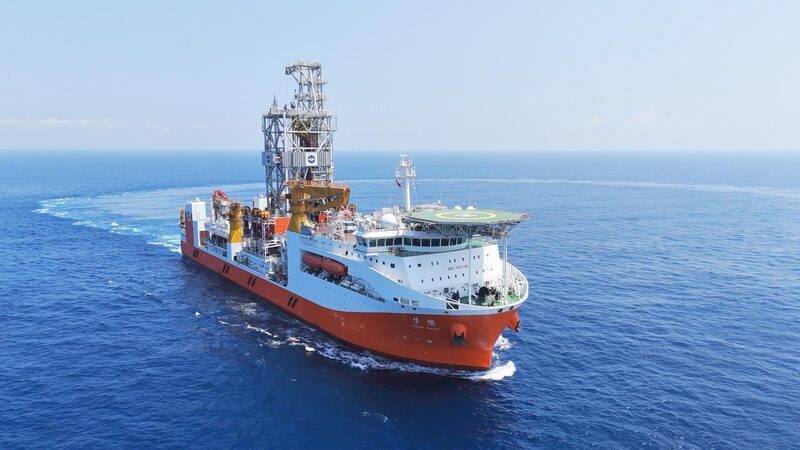In the shadowy depths of the world's oceans, Chinese scientists have unveiled an intricate ecosystem teeming with lifeforms smaller than a grain of rice yet vital to planetary survival. A groundbreaking marine research initiative led by the Shenzhen Institutes of Advanced Technology (SIAT) has brought into sharp focus the hidden universe of plankton – organisms responsible for producing half of Earth's oxygen and sustaining marine food webs.
Equipped with the revolutionary Imaging Plankton Probe (IPP), researchers are now documenting these microscopic warriors in their natural environment with crystal clarity. The AI-enhanced system captures real-time data on species diversity, population dynamics, and biological characteristics, overcoming limitations of conventional sampling methods that often damage delicate specimens.
'This isn't just about counting tiny creatures,' explains Dr. Li Wei, lead marine biologist on the project. 'The IPP's findings help us predict algal blooms that impact fisheries, monitor radiation-sensitive species near coastal power plants, and understand how climate change alters marine biodiversity.'
The mission's preliminary data reveals surprising plankton migrations at different depths, offering new insights into carbon sequestration processes. For investors and policymakers, these findings could reshape sustainable aquaculture practices and coastal infrastructure planning across Asia.
As the research vessel continues its journey through the Taiwan Strait and South China Sea, each droplet of seawater analyzed brings humanity closer to answering fundamental questions about ocean health and climate resilience – proving that even the smallest organisms can hold solutions to global challenges.
Reference(s):
Invisible kingdom beneath the waves revealed by Chinese ocean mission
cgtn.com







